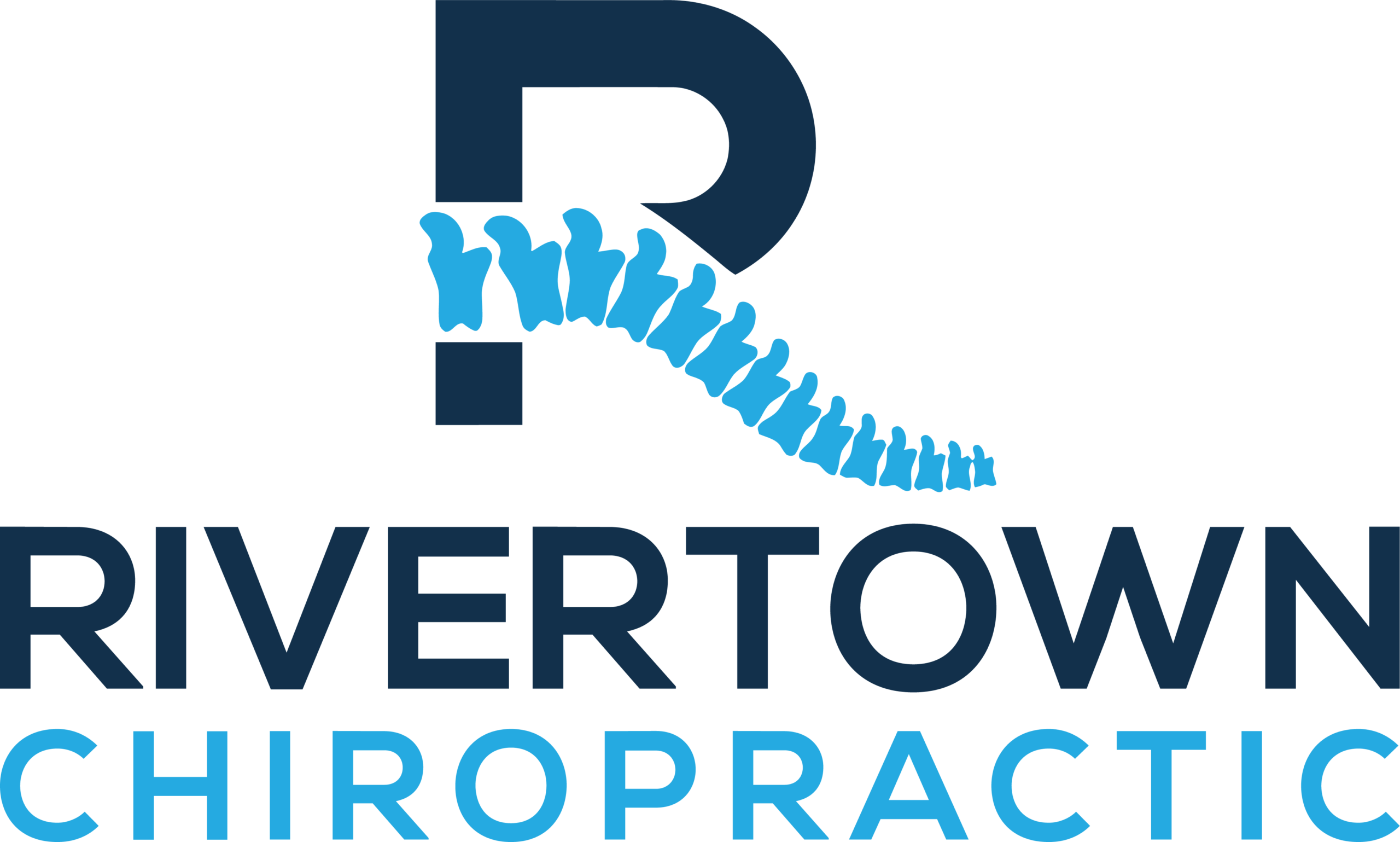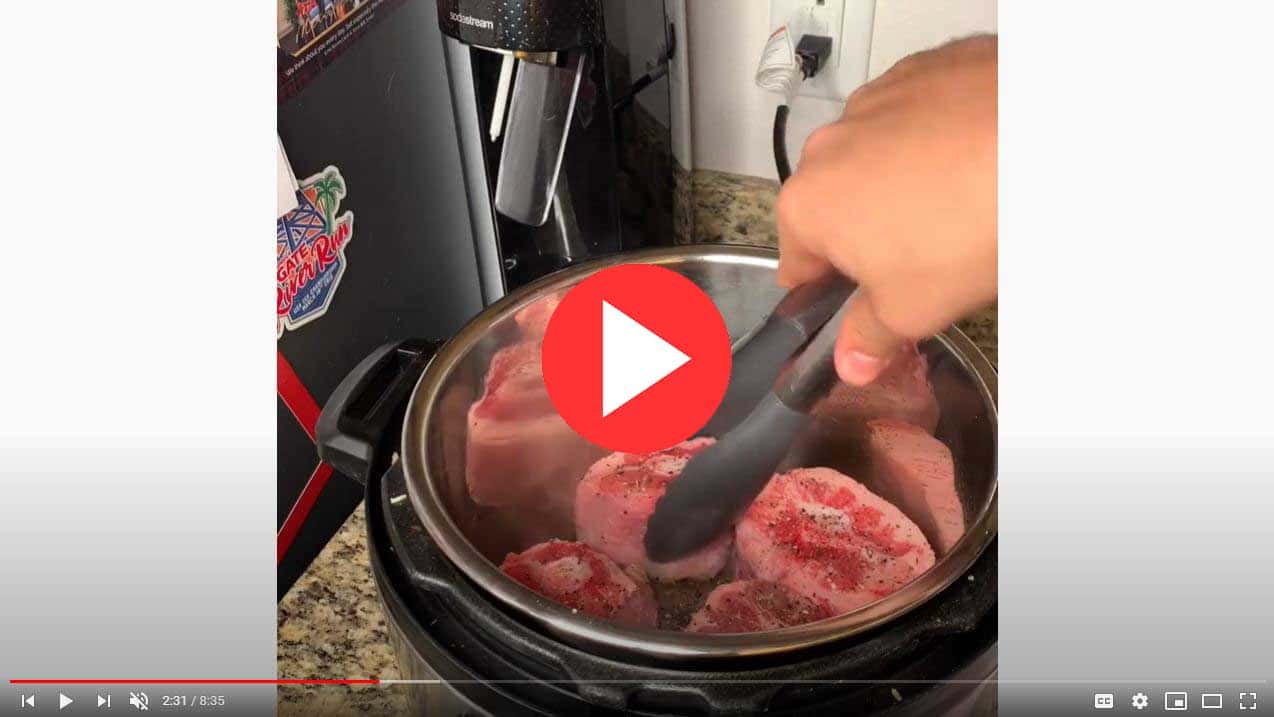7 Simple Tricks for Increasing Fiber Intake
RIVERTOWN CHIROPRACTIC
Dr. Philip Rodger
Owner and Clinic Director
When it comes to weight management, there are many elements that go into a comprehensive plan for a health-promoting diet. You want to eat foods that are nutrient-dense and low in calories. You also want to make sure that your macros are balanced.
Another critical element of any weight loss plan is the amount of fiber you get in your diet. If you’re worried that you’re not getting enough fiber, don’t fret. Read on to all about increasing fiber intake!
1. Learn About Soluble and Insoluble Fiber
The first thing you should know about fiber is that there is more than one type of dietary fiber. If you look at a nutrition label, you will often see an overall amount of fiber listed and then broken down into soluble and insoluble fiber.
What’s the difference?
Soluble fiber is a type of fiber that is easily dissolved in water that is broken down in your colon into a gel. Insoluble fiber is a type of fiber that remains intact as it moves through your digestive system. Neither soluble nor insoluble fiber is digested or absorbed in your body.
Both soluble and insoluble fiber is beneficial, especially if you are trying to shed excess pounds because you do not absorb all of the calories contained in the fiber. When it comes to insoluble fiber, you don’t absorb any of the fiber’s calories. The more fiber a food contains, the fewer calories you’ll absorb!
2. Start Slow
Health experts recommend that you eat at least 25 to 30 grams of fiber per day. That might sound like an easy task, but many people get less than half of that in their daily diet.
If you’re ready to get going on boosting your daily fiber intake, you want to make sure you don’t go pedal to the metal on your first day. Your body is going to need time to adjust to the increased amount of fiber, so getting too much too fast can cause uncomfortable stomach issues.
Try tracking the amount of fiber you get in an average day and then gradually begin working in more fiber-rich foods into your diet. Add an additional five grams of fiber per week until you hit the recommended amount of fiber. You’ll want to continue tracking your fiber until you have a handle on getting enough fiber in your diet on a regular basis.
3. Go for Grains
Whole grains are a key component of any successful weight loss plan, like ChiroThin. They help power your workouts and they’re packed with fiber!
When it comes to grains, they’re either refined or unrefined. Refined grains include things like white flour and pasta. These are tasty sources of carbs, but they’re not great for your diet because they’ve been stripped of all their nutritional value and can only offer a quick energy boost.
When it comes to grains, you’re going to want to opt for whole grains. They can be a little tricky to find on the grocery store shelves because some companies like to disguise refined grains as healthy whole grains by including a small number of whole grains in the product. Check the ingredients for a stamp that says 100% whole wheat or a claim on the package that it is made of 100 percent whole grains.
Consider adding one serving of whole grains to each meal of the day.
4. Boost Beans and Legumes
Foods like beans, lentils, and peas are a powerhouse when it comes to fiber. A half-cup of beans yields almost a third of your daily fiber requirement. They’re also packed with protein, making them a powerful food when it comes to boosting your satiety.
Beans are also super easy to work into your diet on a regular basis.
Try adding some black beans to your morning scramble for a fiber boost. You can also add beans or legumes to soups and chilis to make them a hearty meal. Consider exploring staples from Indian and Middle Eastern cuisine that contain beans as a prominent part of the dish.
5. Don’t Forget Fruits and Veggies
When it comes to fiber, fruits and veggies are another great source.
Try to get at least five servings of fruits and veggies each and every day. Fresh is better than canned, but frozen veggies and fruits are generally just as nutritious as fresh.
Avoiding juicing because it removes the fiber from the produce, but if you want a quick way to get some servings in, opt for smoothies instead!
Be careful with your fruit intake if you’re insulin resistant or diabetic. Opt for high fiber, low glycemic index fruits like berries instead of tropical fruits or watermelon.
6. Consider Supplements
If you’ve added grains, beans, and veggies to your diet, but you’re still coming in short, then you might consider an occasional supplement until you can get enough fiber in on a regular basis.
You can find supplements in your local drugstore. Fiber supplements are effective on a short-term basis, but should not be relied upon as a regular source of fiber. Try adjusting your diet to get more fiber naturally.
7. Don’t Forget the Water
When you start increasing your fiber, you also want to make sure to increase the amount of water you’re drinking. Eating too much fiber without drinking enough water can lead to issues with constipation.
Start tracking the amount of water you’re drinking each day to make sure you’re getting enough. As a bonus, drinking more water can help you shed more pounds and reduce water retention. It’s a win-win situation!
Increasing Fiber Intake Is Important for Weight Loss
Increasing fiber intake is incredibly beneficial for your health. Getting enough fiber aids weight loss, helps regulate your digestive system, and it helps you stay full for longer periods of time. Make sure to get plenty of grains, legumes, and veggies each and every day for a huge boost in your fiber intake!


